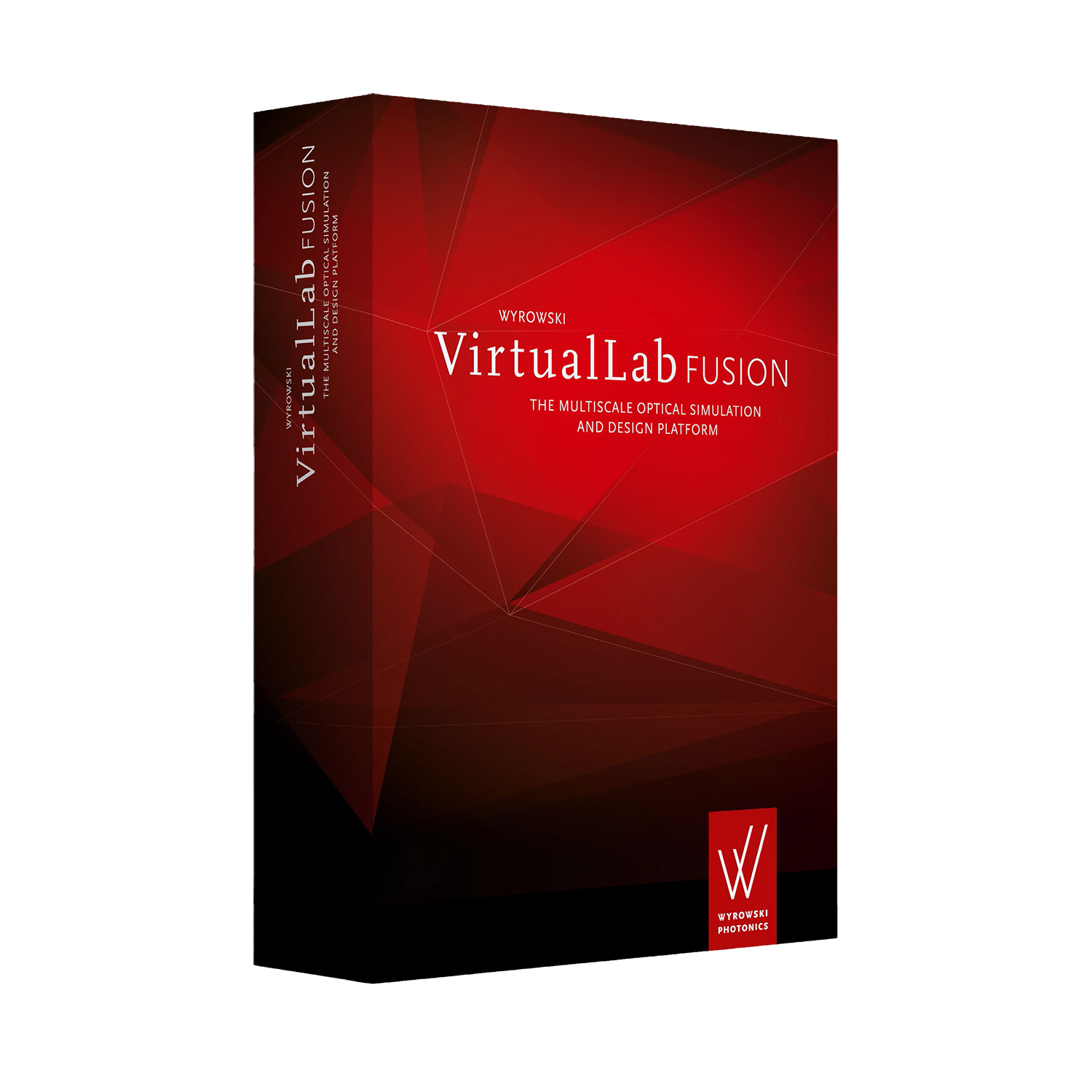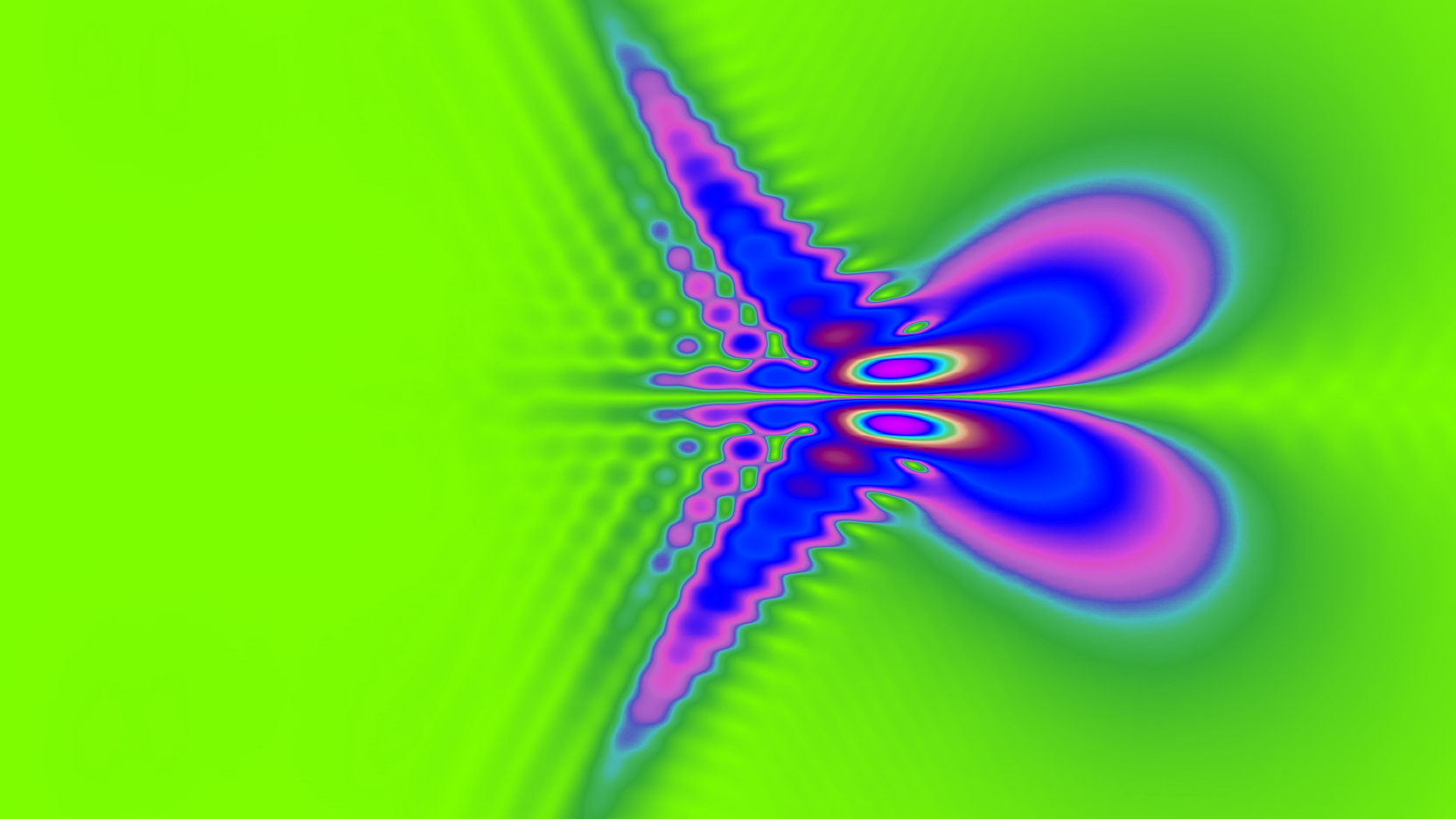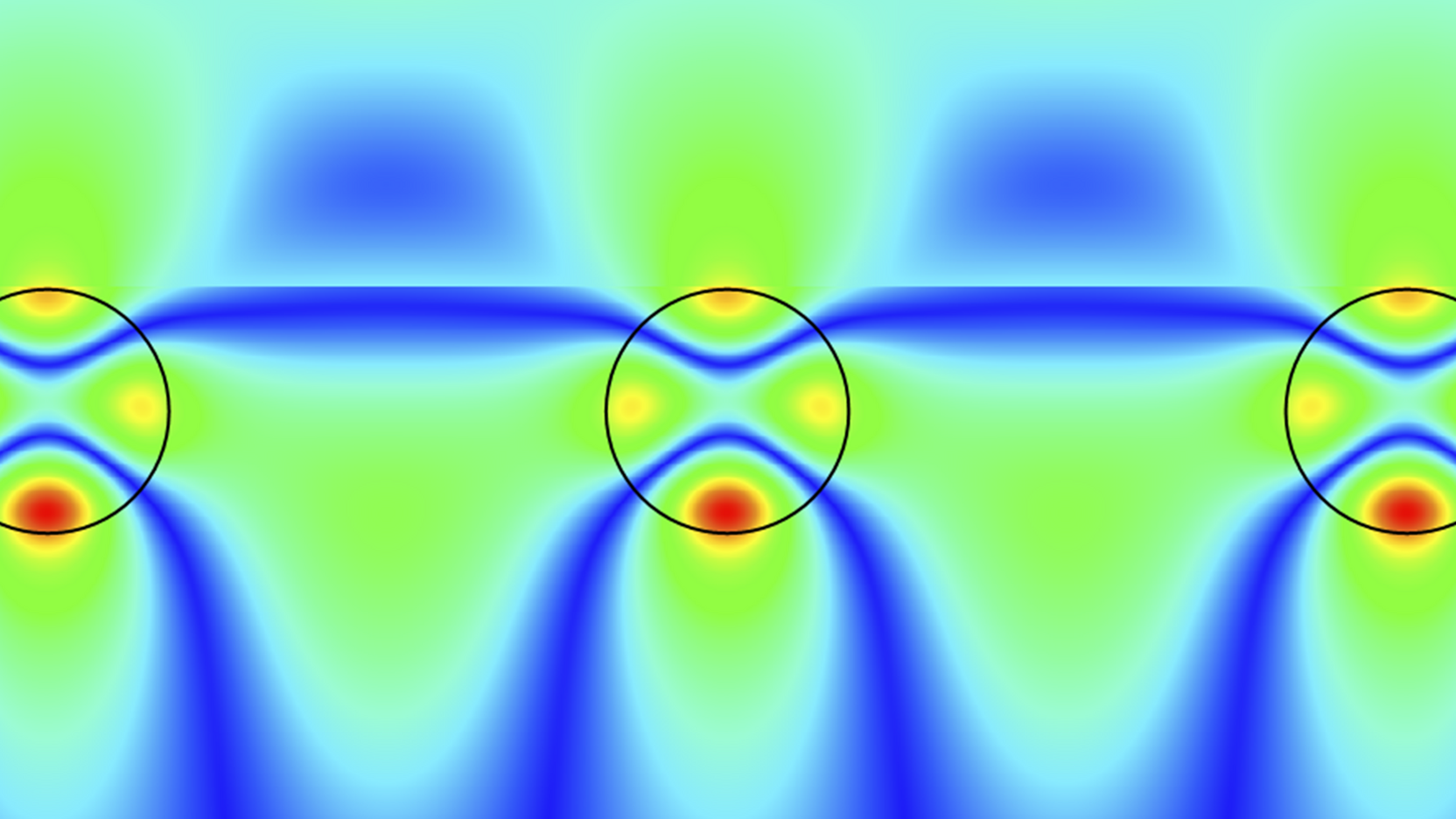Solution
Interferometry
With its non-sequential field propagation technology, VirtualLab Fusion enables simulation of a wide range of interferometric systems.

VirtualLab Fusion
The Multiscale Optical Simulation and Design Platform
VirtualLab Fusion is a unique optical design software designed for multiscale optics simulations. It integrates a wide range of simulation models for all types of optical components, both large and small, seamlessly combining them on a single software platform.
With its ability to use the most appropriate solver for each component, VirtualLab Fusion ensures fast simulations while continuously tracking the full electromagnetic field and accurately accounting for diffraction and interference effects. Components such as nanostructures, metalenses, gratings, mirrors, and lenses, along with their simulation models, are fully integrated into one user-friendly interface.
Thanks to its non-sequential methodology, VirtualLab Fusion simplifies even the most complex optical design tasks, making it the ideal choice for advanced optical design projects.
New with VirtualLab Fusion
Get a first impression of our impressive optical design software
by watching our short videos.
Getting Started
Want to get started and learn VirtualLab Fusion quickly?
Then take a look at this compact learning path.
Upcoming Events
Be always up to date!
Subscribe to our newsletter and get our weekly information about the latest technical updates and you will never miss an event again.



